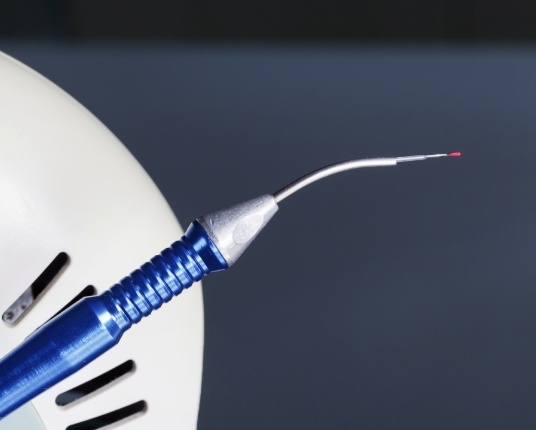Right now, it is estimated that about 3-5% of babies are born with a lip or tongue-tie, also known as tethered oral tissues (TOTs). For infants, this can cause all sorts of problems when it comes to feeding, and it can lead to speech and oral development issues down the line. Thankfully, at Coral Kids Dentistry & Braces, our dental team can quickly diagnose these issues and fix them even faster with a gentle laser treatment. Keep reading to learn more about treatment for lip and tongue-tie in St. Catharines and Hamilton.
What is Lip & Tongue-Tie?
Your tongue and both of your lips are connected to a thin band of tissue called a frenulum. During the final weeks of gestation, this tissue is supposed to loosen and elongate, but this doesn’t occur sometimes. The result is that it may be too short or thick, preventing the tongue and lips from having a full range of motion.
With babies, common symptoms of a lip or tongue tie can usually be seen during feeding, where they will have difficulty latching and creating a steady flow of milk or formula. In older children, they may develop speech impediments or be unable to chew certain foods without experiencing pain.
The Lip & Tongue-Tie Treatment Process
If you, your pediatrician, or lactation consultant believe that your child might have a lip or tongue-tie, we recommend that you bring them to Coral Kids Dentistry & Braces. We can confirm or make the diagnosis with a quick exam, and then using our soft tissue laser, we can remove the unneeded tissue in a matter of minutes.
The procedure is not only quick, but virtually painless—even babies typically don’t need local anesthetic to remain comfortable. The child should be able to feed immediately afterward, and we’ll give the parent a program of simple stretches to complete for a few weeks to ensure that their child’s mouth heals correctly.
Lip and Tongue-Tie FAQs


